Helping to prove that science is way awesome, an 18-year old electrical engineering student has successfully made a light bulb float. His name is Chris Rieger, and he's been working on his "LevLight" project for about six months now, with pretty amazing results.
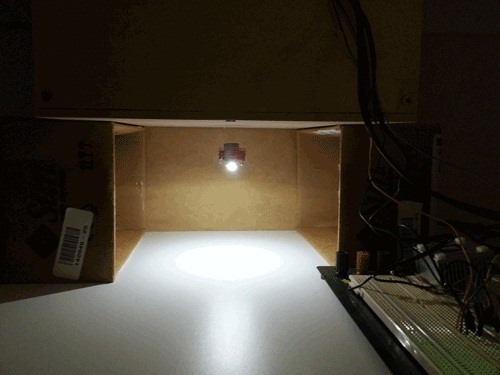
This feat of ingenuity was accomplished by using magnetic levitation, although that over-simplification masks how considerably difficult this undertaking was.
Rieger used a modified "Hall Effect Levitator." The Hall Effect was discovered by Edwin Hall in 1879, and involves the creation of a "voltage difference across an electrical conductor, transverse to an electric current in the conductor and a magnetic field perpendicular to the current." The Hall effect is generally used for magnetometers, devices used to measure magnetic fields.
The more difficult part of the project was getting the wireless power to work. In order to get a strong, reliable transfer, Rieger turned to a member of the 4hv.org message boards, and modified his circuit to limit the heat generated. Rieger then spent a considerable amount of time gradually making small changes to the geometry of the coil in order to "tune" it to the exact frequency.


While this seems like an accomplishment enough for any teenager, Rieger is already working on a new levitator, one with greater strength and more control.

You can find out more about Chris Rieger and his projects at his website.
Just updated your iPhone? You'll find new emoji, enhanced security, podcast transcripts, Apple Cash virtual numbers, and other useful features. There are even new additions hidden within Safari. Find out what's new and changed on your iPhone with the iOS 17.4 update.
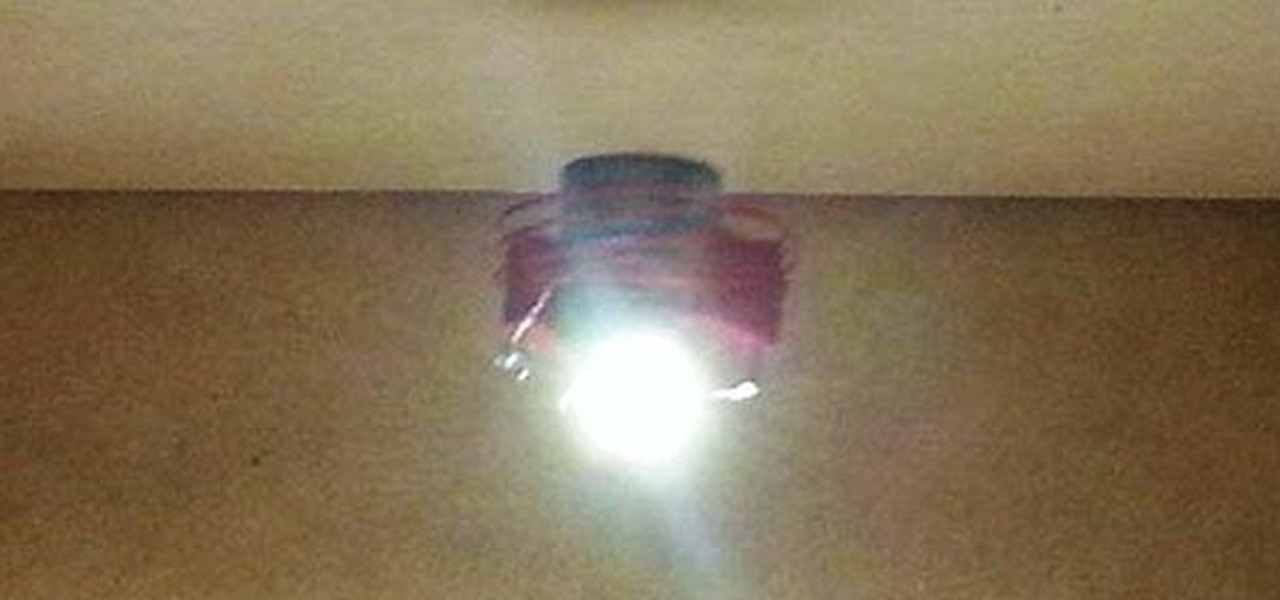






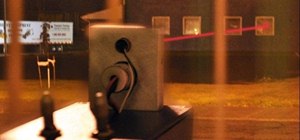








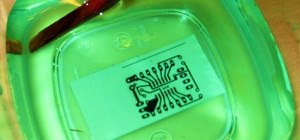

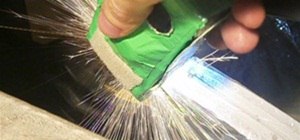

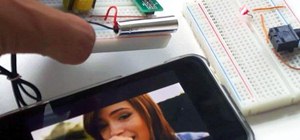
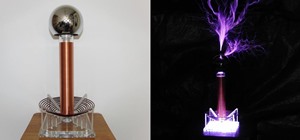
Be the First to Comment
Share Your Thoughts